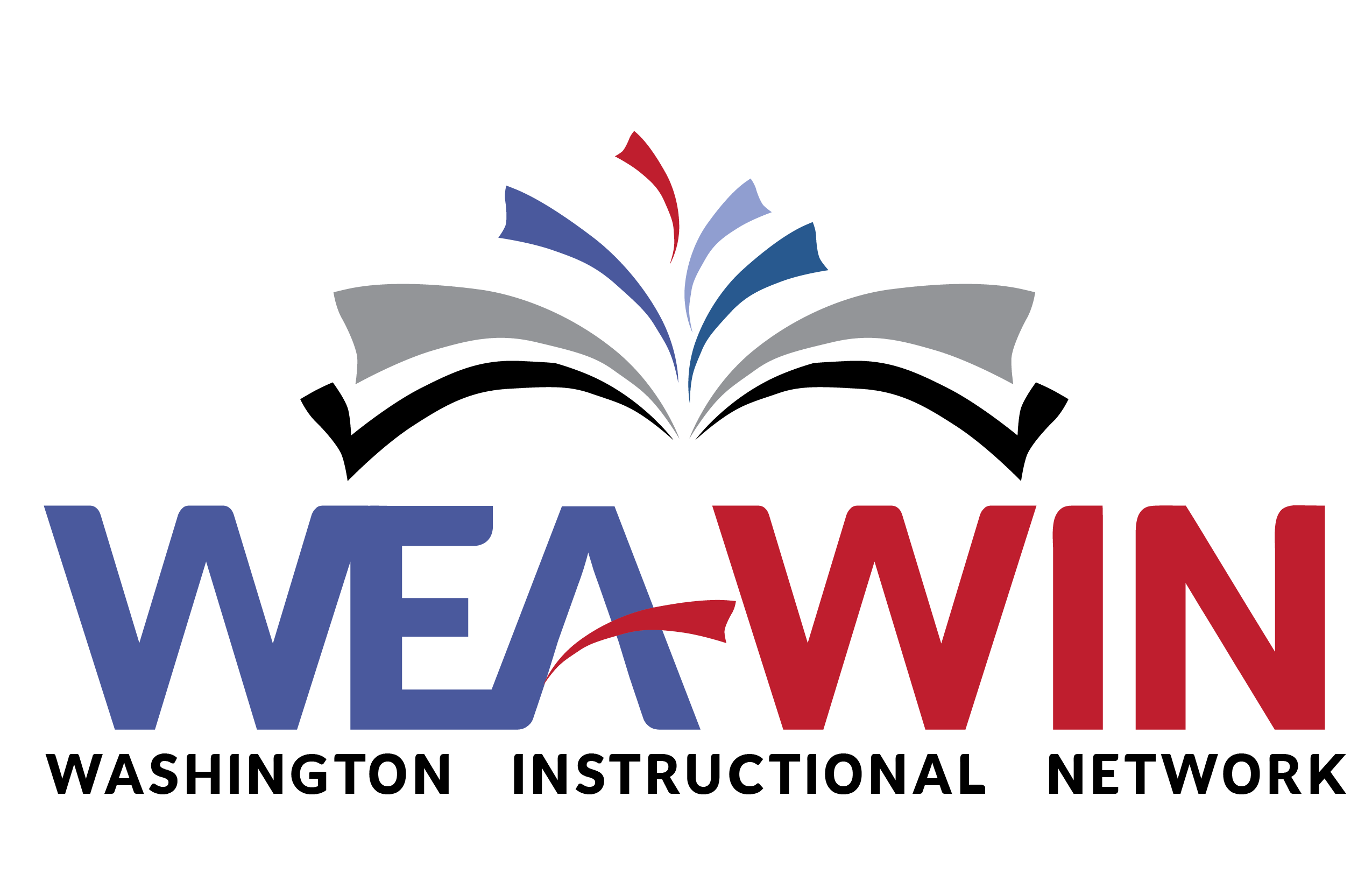About
Math Practices: Math Practice 5: Using Appropriate Mathematical Tools Strategically (Micro-credential) (STEM) (15 Clock Hours)
In order to earn clock hours for NEA micro-credentials, you need to:
(1) Complete WEA micro-credential orientation to learn about the process and select a micro-credential. Complete orientation ONCE.
(2) Register for an NEA micro-credential https://nea.certificationbank.com/Washington/WEA/StackLibrary_WEA.aspx AND register for WEA clock hours for the specific NEA micro-credential you selected. (You are registering for WEA clock hours on this page.)
(3) Complete the WEA micro-credential workshop EVERY TIME you are working on a new micro-credential.
For more information, see: https://www.nea.org/professional-excellence/professional-learning/micro-credentials
Math Practices: Math Practice 5: Using Appropriate Mathematical Tools Strategically (Micro-credential) (STEM) (15 Clock Hours): In this micro-credential, educators will engage and support students to use appropriate tools strategically The Common Core State Standards (CCSS) eight Standards for Mathematical Practice describe “ways in which developing student practitioners of the discipline of mathematics increasingly ought to engage with the subject matter as they grow in mathematical maturity and expertise through the elementary, middle and high school years.” Educators will learn how to select and use instructional materials that support the mathematical practices, create tasks that require students to use mathematical practices, and assess student learning in a way that reflects the mathematical practices. Mathematically proficient students consider the available tools when solving a mathematical problem. These tools might include pencil and paper, concrete models, a ruler, a protractor, a calculator, a spreadsheet, a computer algebra system, a statistical package, or dynamic geometry software. Proficient students are sufficiently familiar with tools appropriate for their grade or course to make sound decisions about when each of these tools might be helpful, recognizing both the insight to be gained and their limitations.
For example, mathematically proficient high school students analyze graphs of functions and solutions generated using a graphing calculator. They detect possible errors by strategically using estimation and other mathematical knowledge. When making mathematical models, they know that technology can enable them to visualize the results of varying assumptions, explore consequences, and compare predictions with data. Mathematically proficient students at various grade levels are able to identify relevant external mathematical resources, such as digital content located on a website, and use them to pose or solve problems. They are able to use technological tools to explore and deepen their understanding of concepts.
Courses
Math Practice 5: Using Appropriate Mathematical Tools Strategically (Micro-credential) (STEM) (15hr)
 Clock Hour
Clock Hour
Course Description
In this micro-credential, educators will engage and support students to use appropriate tools strategically The Common Core State Standards (CCSS) eight Standards for Mathematical Practice describe “ways in which developing student practitioners of the discipline of mathematics increasingly ought to engage with the subject matter as they grow in mathematical maturity and expertise through the elementary, middle and high school years.” Educators will learn how to select and use instructional materials that support the mathematical practices, create tasks that require students to use mathematical practices, and assess student learning in a way that reflects the mathematical practices. Mathematically proficient students consider the available tools when solving a mathematical problem. These tools might include pencil and paper, concrete models, a ruler, a protractor, a calculator, a spreadsheet, a computer algebra system, a statistical package, or dynamic geometry software. Proficient students are sufficiently familiar with tools appropriate for their grade or course to make sound decisions about when each of these tools might be helpful, recognizing both the insight to be gained and their limitations. For example, mathematically proficient high school students analyze graphs of functions and solutions generated using a graphing calculator. They detect possible errors by strategically using estimation and other mathematical knowledge. When making mathematical models, they know that technology can enable them to visualize the results of varying assumptions, explore consequences, and compare predictions with data. Mathematically proficient students at various grade levels are able to identify relevant external mathematical resources, such as digital content located on a website, and use them to pose or solve problems. They are able to use technological tools to explore and deepen their understanding of concepts.Course Objectives
-Educators will explain Mathematical Practice Standard 5, "Use appropriate tools strategically," to families, support professionals, and other stakeholders.
-Educators will engage and support students to use appropriate tools strategically
-Educators will analyze a student task and student proficiency levels
Waitlist Limit: 0/200

